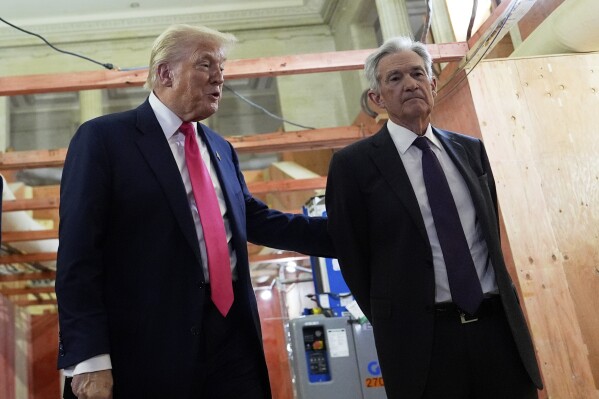July Payrolls Flash Warning on Sharply Cooling Job Market, but Fed Stays Cautious as Inflation Remains Stubborn
Nonfarm payrolls rose by just 73,000 in July, falling well short of economists’ expectations for a 110,000 increase. The unemployment rate held steady at 4.2%, in line with forecasts.Adding to the wea

Nonfarm payrolls rose by just 73,000 in July, falling well short of economists’ expectations for a 110,000 increase. The unemployment rate held steady at 4.2%, in line with forecasts.
Adding to the weakness, employment figures for June and May were revised sharply downward by a combined 258,000 jobs, painting a more subdued picture of recent labor market strength.
July’s modest job growth was driven primarily by the health care and social assistance sectors. Health care added 55,000 jobs—well above the 12-month average of 42,000 monthly gains—led by 34,000 new positions in ambulatory health care services and 16,000 in hospitals.
Social assistance also continued to trend higher, gaining 18,000 jobs in July. Within that category, individual and family services saw a 21,000 job increase.
However, federal government employment continued to contract, shedding 12,000 jobs in July. Since peaking in January, the sector has lost 84,000 positions. (Note: The establishment survey counts employees on paid leave or receiving severance pay as employed.)
The sustained slowdown in job growth could nudge the Federal Reserve toward cutting interest rates sooner rather than later. Still, Fed officials remain cautious, especially as they monitor how inflation might respond to renewed trade tensions. The June Personal Consumption Expenditures (PCE) price index, the Fed’s preferred inflation gauge, rose 2.6% year-over-year—slightly above the expected 2.5%—according to data released Thursday.
The FOMC voted 9-2 on Wednesday to keep interest rates unchanged. The federal funds rate remains in the 4.25% to 4.5% range, influencing a wide array of borrowing costs throughout the economy.
Dissent within the Fed is beginning to surface. Governors Michelle Bowman and Christopher Waller opposed the decision, both arguing that inflation is now under control and the softening labor market justifies a shift toward easing. This marks the first time since 1993 that multiple Fed governors cast dissenting votes on a rate decision.
“We have made no decisions about September,” Fed Chairman Jerome Powell said Wednesday. “We don’t do that in advance. We’ll be taking that information into consideration and all the other information we get as we make our decision.”
Disclaimer: The views in this article are from the original Creator and do not represent the views or position of Hawk Insight. The content of the article is for reference, communication and learning only, and does not constitute investment advice. If it involves copyright issues, please contact us for deletion.